Resources

Resources
Social Media
Some quick tips on how to "behave" on social media
Be authentic
Include your name and, when appropriate your title as this builds up a rapport with our clients and adds a face to the organisation. Clients are more likely to buy from people that they know and trust.
Consider your audience
When you are publishing on any social media channel, remember that your readers are from varied groups. Take this into account before you publish any material so you do not alienate any readers.
Exercise good judgment
Refrain from any comments that can be interpreted as slurs, demeaning or inflammatory, etc. We will monitor employee use of social media and social networking web sites, even if you are engaging in social networking or social media use away from the office and the content is related to our organisation. Good judgment is paramount.
Understand the concept of community
We want to create a platform where our customers or users feel comfortable sharing, connecting, and receiving help.
Always reply to positive or neutral comments mentioning our organisation within a twenty-four hour period, even if it is just to acknowledge the mention or to say thanks. For negative comments, if they cannot be immediately resolved online it is best to take them off-line. Send them a Direct Message or ask that person to email you their concern directly and resolve it from there. Then remove the post in question.
Respect copyrights and fair use
Always give people proper credit for their work and make sure you have the right to use something with attribution before you publish. Always tag or acknowledge your source into posts in any form of Social Media
Remember to always protect confidential & proprietary info
Be smart about protecting yourself, your privacy and the organisation’s confidential information. What you publish is widely accessible and will be around for a long time, so consider the content carefully.
Never comment on anything related to legal matters.
Credit to jobs.co.nz (RIP)
Resignation Tools
Introduction
Resigning from a job requires as much careful planning and etiquette as does applying for one!
It’s not as simple as giving a few weeks notice. Leaving on a low note:
- May jeopardise the possibility of receiving a favourable reference;
- Can undermine the chance of being re-employed by the same employer or individual in the future;
- Can come back to bite you if you offend someone who might turn out to be a client or colleague some time later and;
- May lead to recriminating action against you in some circumstances.
- It’s a very small world out there and you just never know!
- Conversely, if you plan to be positive in the process of resigning you will maintain a healthy professional network and sustain a positive attitude towards applying for a new working role.
Think it through
Before handing in your resignation, think carefully about why you’re resigning and whether it’s the right thing to do.
If you’re leaving because of problems at work or a disagreement with your boss, could these problems be sorted out through your company’s standard grievance procedure?
- Carefully consider your options before you hand in your resignation:
- Are you committed to leaving? Make a list of reasons of why you should resign and determine whether these can be resolved with your current employer.
- How will you manage without your wages or if your remuneration changes? How easy will it be to find another job?
- Have you pursued all avenues for advancement within your current firm?
- Would you leave if you were offered more money or a promotion?
- How is your career going? Talk to the boss or your Personnel / HR Manager to assess how they think you’re doing.
- Will you be better off in your new job? Consider money, location, career, work-life balance and personal development as important factors.
- Talk to your family and close friends. How do they think you should progress?
- What does your heart say? What does your head say?
How to write a resume
An employer will generally spend around 20-30 seconds initially reviewing each resume, so it critical that you get it right. Present your information in a clear, concise and persuasive way. Resume formats and layouts vary considerably. A range of options are provided for you. The order of these key elements may vary but your resume should include each of the following:
Contact Details
- Name (make it stand out)
- Address
- Telephone contact numbers
Personal Statement
It is good to have a clear bold paragraph that grabs the reader and makes them want to find out more. It should be positive and serious but show you are well prepared and a good fit for the job. It should help you stand out from the crowd and convince an employer you want the role.
This may also be titled ‘Personal Profile’, ‘Cabability Statement’, ‘Career Objective’, etc. Choose whichever heading is most suitable. It may also be combined under one heading with your Career Overview. It is important that it relates to the job ad.
Career Overview
A career overview or snapshot is a summary of your core skills, experience and competencies, usually for people who have been working in a profession for many years. It outlines in a snapshot, what you have to offer.
It might also be titled ‘Profile’, ‘Summary of Skills & Experience’, ‘Career Summary’, etc. It may also be combined under one heading with your Personal Statement.
Education
Provide details of your education with most recent first.
- Include your academic and professional qualifications.
- The full name of the course you studied.
- The full name of the institution your studied with.
- What skills you learned from the course.
- Your achievement – results in the course if the achievements good.
Employment History
List the most recent employment first and work through your employment history job by job. For each:
- List the period of employment.
- Name the company that you worked for.
- Include the title of your position.
- Describe your achievements and responsibilities. Use brief bullet points and use quantifiable measures. This allows the reader to scan and match your experience to the role easily.
- If you have a long employment history, just include those jobs in your history that are relevant to the job you are apply for.
Skills and strengths
List out your skills in different areas: Computer literacy. List software that you are proficient in. Written and communication skills – give brief detail.
Foreign languages and level of fluency.
Key ‘soft’ skills or competencies with some brief examples (eg people management, business development, project management etc).
Awards received.
Membership of professional associations or relevant bodies.
Accreditations attained by relevant professional organisations.
Interests
Include things you like to do, particularly if they are employment-related. It is not a ‘must’ in the resume. The resume can give your reader a more rounded picture and something more personal may distinguish you.
References
This section should be placed at the end of the resume. It is not necessary to list referees on your resume. You should state that referees are available on request. A referee is someone you worked for or with who knows the quality of your work.
If it is your first job, this might be someone who is a teacher or mentor. Gain permission from the referees before you include them in your resume and be sure to choose people who you are confident will provide positive feedback on you. Make sure they are easy to contact if they are included and provide their contact details.


